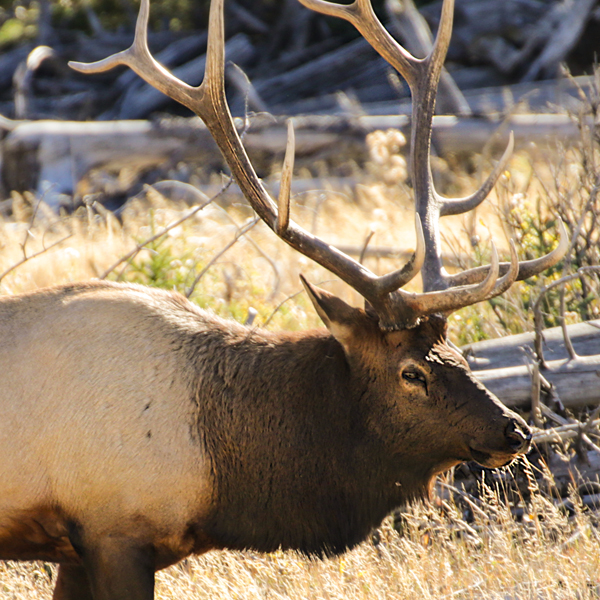
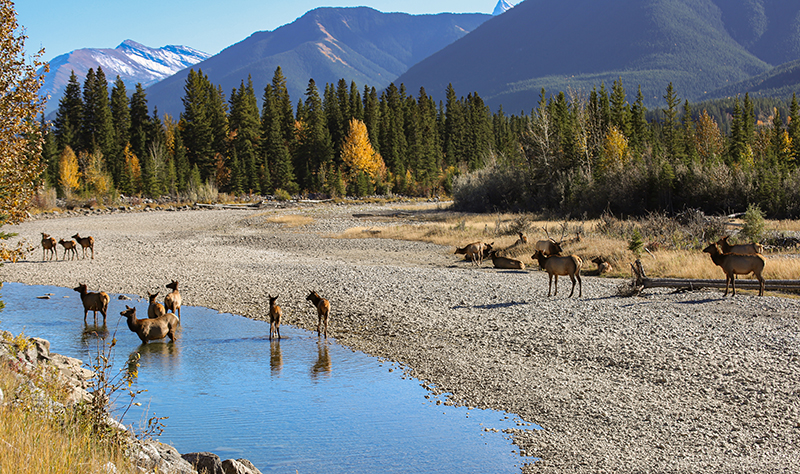 A couple of weeks ago, I biked a trail between a suburban neighbourhood and the Canmore Golf Course. It’s a popular pretty route in the trees, and I’ve taken it often. Rounding a turn, I encountered a large harem of elk lying down in the trees next to the path, with one very large bull elk standing among them.
A couple of weeks ago, I biked a trail between a suburban neighbourhood and the Canmore Golf Course. It’s a popular pretty route in the trees, and I’ve taken it often. Rounding a turn, I encountered a large harem of elk lying down in the trees next to the path, with one very large bull elk standing among them.
Whether it’s females in the spring during calving season or the bulls in the fall during the rut, elk can be dangerous animals. Live here long enough, and you’ll likely have been charged by either just because you got too close or they didn’t like how you looked. While living in Banff, I’d hidden behind a car or ducked into a building more than once to avoid an elk. So has Shonna.
When I realized I was within the danger zone and too far in the middle of the herd, going forward was the same as going back. So, I maintained a steady pace, kept my head down and avoided eye contact with the bull, watching him in my peripheral vision. His head followed my course.
Once past them, I breathed easier and warned some people coming the other way. You can always tell the locals, especially the ones walking their dogs. A herd of elk? Let’s go the other way.
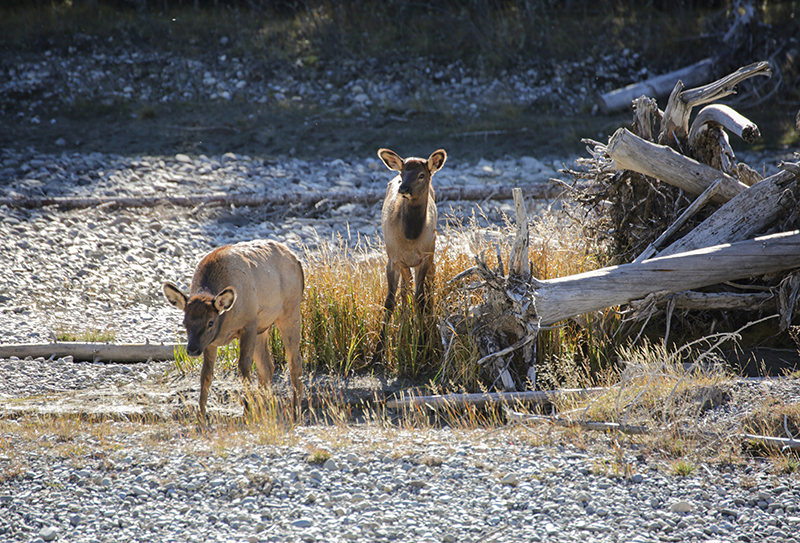 It is maddening to explain to a tourist that they are too close to an elk and, for their own safety, they should move away, only to have them dismiss you with a wave or a middle finger, saying, “Yeah, yeah, mind your own business.”
It is maddening to explain to a tourist that they are too close to an elk and, for their own safety, they should move away, only to have them dismiss you with a wave or a middle finger, saying, “Yeah, yeah, mind your own business.”
I wanted to take some photos; it just wasn’t safe in that area.
The following week, our yoga instructor sent me a photo she took on her phone of a big bull elk hanging around with his harem at the quarry recreation area on the other side of the valley from where we live.
So, whether it was that herd or another, I biked up there last week to look for them. It was a beautiful ride in the fall sunshine, but no elk. The next day, I tried again and came up empty.
On Sunday, after drawing cartoons and working on paintings, I decided to try once again. My route took me along a popular pretty trail beside the Bow River, with stunning views. Frequented by tourists and locals alike, the river trail is the result of flood mitigation many years ago. The path runs the top of an artificial berm between adjacent homes and the riverbed, which is mostly dry this time of year.
As I crested the berm, I noticed an unusual number of people stopped on the path, looking into the riverbed. Sure enough, there was a large harem of elk, complete with a majestic-looking bull. Because they were spread out on the riverbed and in the trees on the opposite bank, a fair guess would be about thirty cows and calves in the herd, erring on the low side.
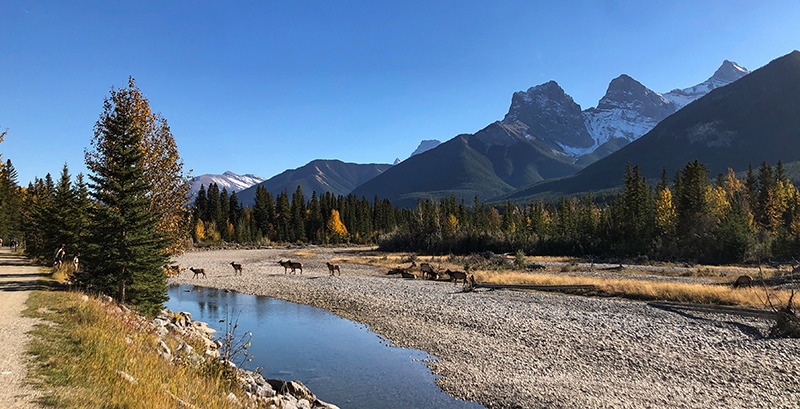 It was an ideal situation for wildlife watching because people could look as long as they wanted and take pictures, and nobody was in danger. I expected somebody might foolishly climb down the bank to get closer, but fortunately, no one did.
It was an ideal situation for wildlife watching because people could look as long as they wanted and take pictures, and nobody was in danger. I expected somebody might foolishly climb down the bank to get closer, but fortunately, no one did.
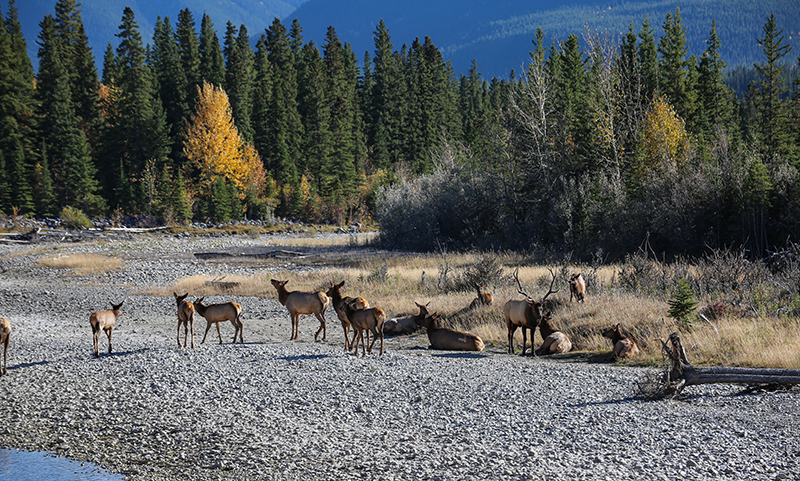 From a photography perspective, the conditions were not good. The bright afternoon sun, lower in the cloudless sky this time of year, was directly across from me. I was shooting handheld at full zoom at 300mm. I probably should have gone with a higher shutter speed, but I often get that wrong. I’m only keeping a dozen of the hundreds of photos I took. While none are suitable for photo reference, I enjoyed the experience, especially taking pics of this impressive fellow.
From a photography perspective, the conditions were not good. The bright afternoon sun, lower in the cloudless sky this time of year, was directly across from me. I was shooting handheld at full zoom at 300mm. I probably should have gone with a higher shutter speed, but I often get that wrong. I’m only keeping a dozen of the hundreds of photos I took. While none are suitable for photo reference, I enjoyed the experience, especially taking pics of this impressive fellow.
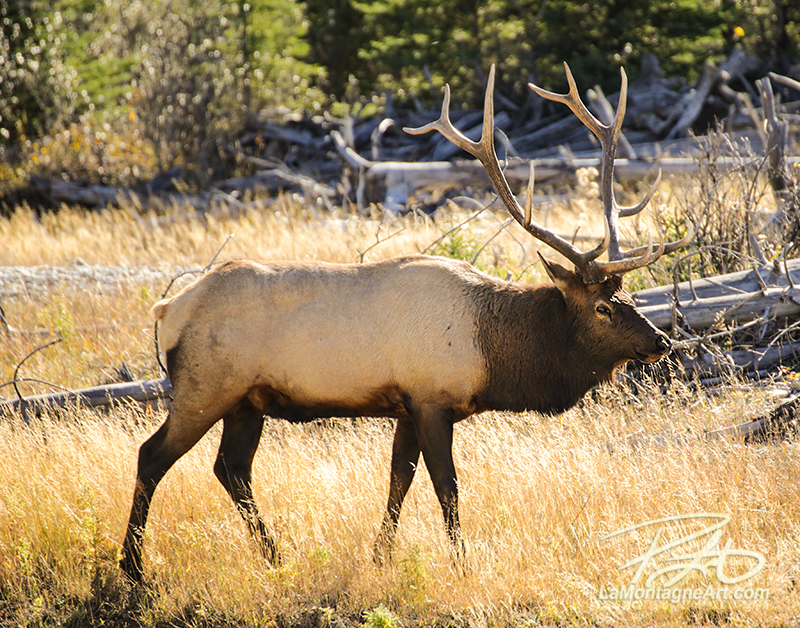 I’ve lived here for almost thirty years and still love seeing wildlife, even the common sightings of deer, elk and bighorn sheep. Parking the bike off the path for a couple of hours, snapping photos, listening to a bugling bull, and watching a herd of elk on a beautiful warm fall day in the mountains was time well spent.
I’ve lived here for almost thirty years and still love seeing wildlife, even the common sightings of deer, elk and bighorn sheep. Parking the bike off the path for a couple of hours, snapping photos, listening to a bugling bull, and watching a herd of elk on a beautiful warm fall day in the mountains was time well spent.


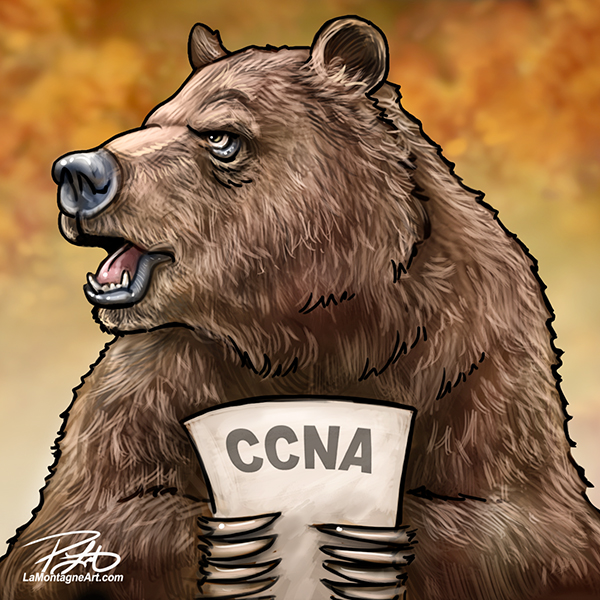
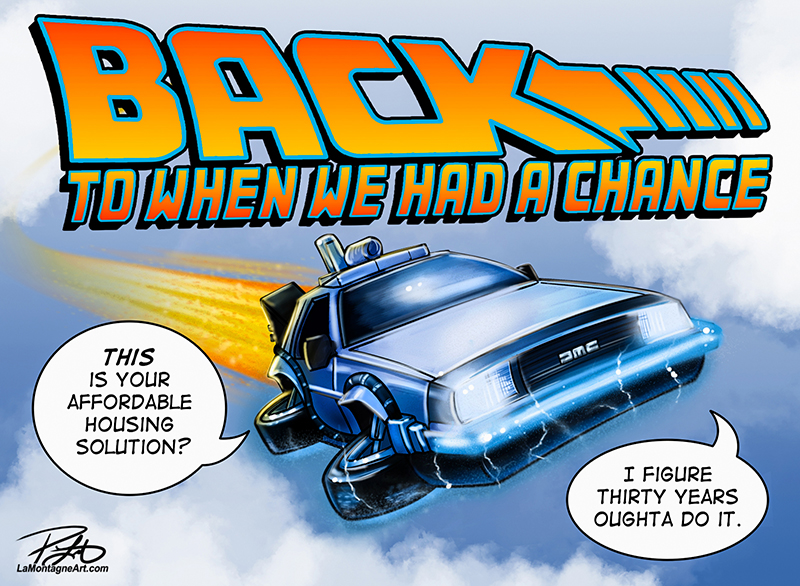
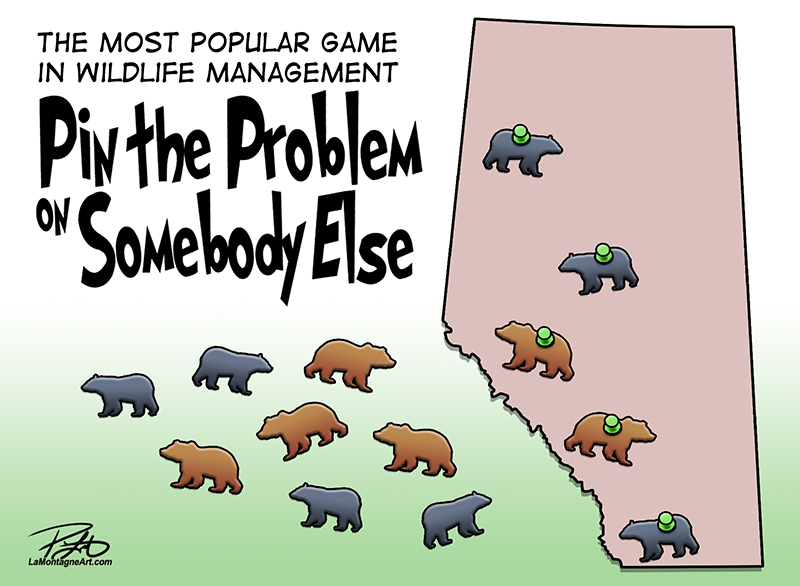
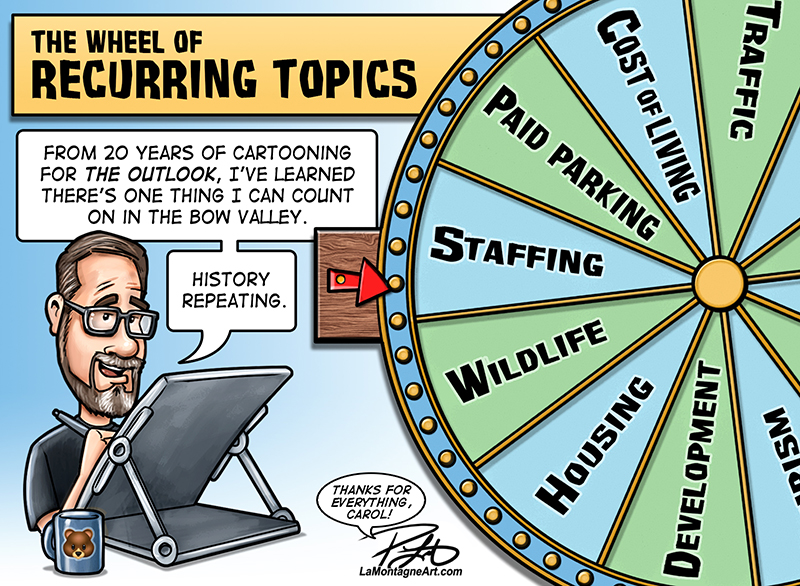
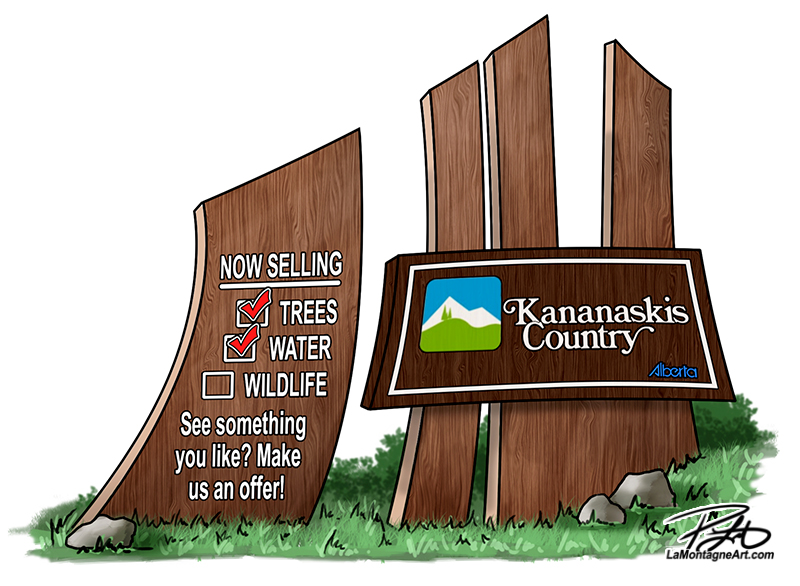 A former Canmore mayor once joked he was disappointed I hadn’t drawn a cartoon of him. I told him that was probably a good thing, but if it had been that important to him, he should have embezzled some money or participated in some other scandal. On the other side of that, a reporter once told me that a former Banff mayor was thoroughly irritated when I drew a caricature of him in a cartoon. So, be careful what you wish for.
A former Canmore mayor once joked he was disappointed I hadn’t drawn a cartoon of him. I told him that was probably a good thing, but if it had been that important to him, he should have embezzled some money or participated in some other scandal. On the other side of that, a reporter once told me that a former Banff mayor was thoroughly irritated when I drew a caricature of him in a cartoon. So, be careful what you wish for.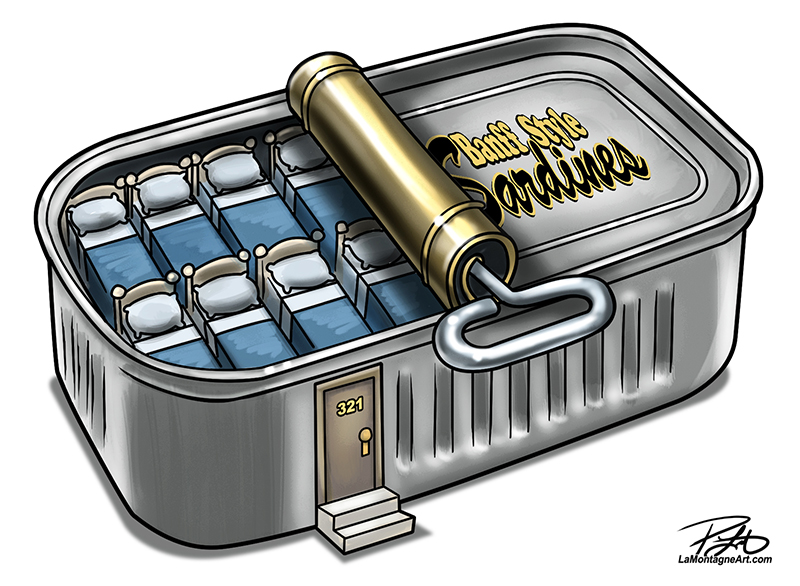
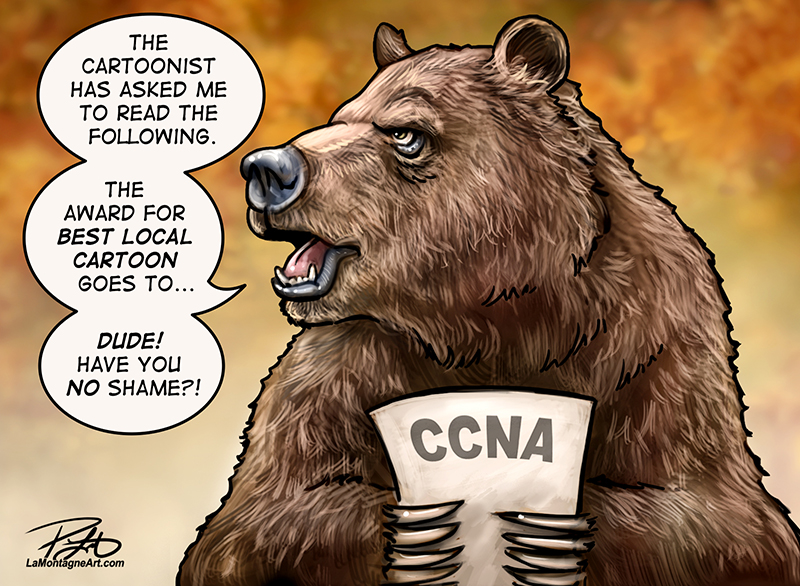 Cheers,
Cheers,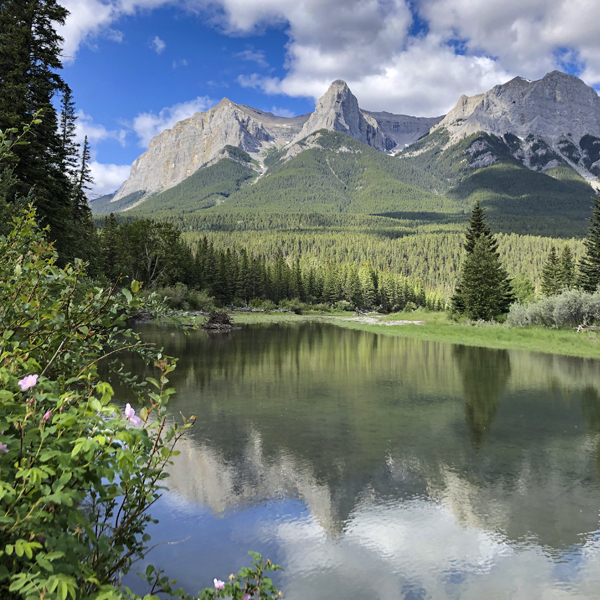
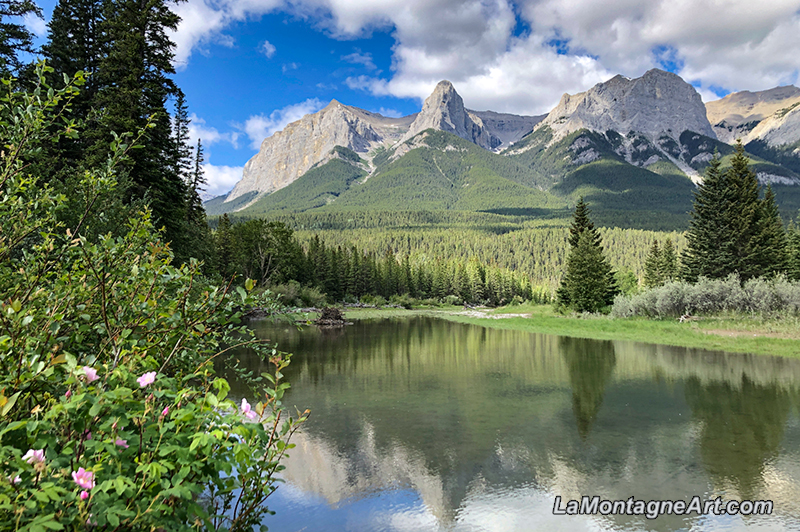 While the warm weather is here, I try to be on the bike at least once a day, which means any excuse for an errand is welcome. One loaf of bread? Sure, I’ll pick that up, but I’ll take the long route and turn it into an hour ride. Even though we’ve had our e-bikes for about a year now, I turn off the pedal assist most of the time to get some daily exercise, which turns it into a regular, but heavier, fat bike. But the assist/throttle is handy when starting from a traffic light or biking up a steep hill with groceries on board.
While the warm weather is here, I try to be on the bike at least once a day, which means any excuse for an errand is welcome. One loaf of bread? Sure, I’ll pick that up, but I’ll take the long route and turn it into an hour ride. Even though we’ve had our e-bikes for about a year now, I turn off the pedal assist most of the time to get some daily exercise, which turns it into a regular, but heavier, fat bike. But the assist/throttle is handy when starting from a traffic light or biking up a steep hill with groceries on board.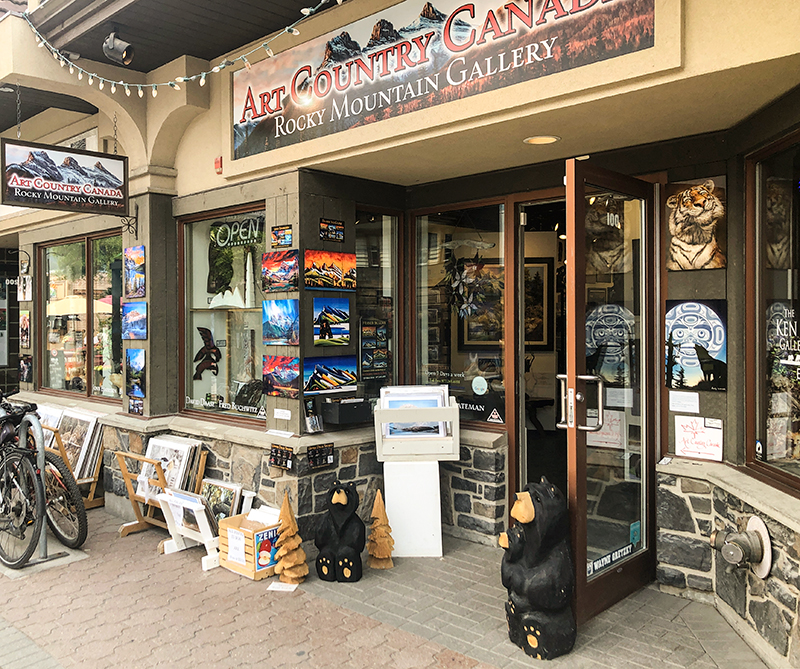 While I can’t usually drop everything to go downtown to the gallery, I was already out and about and only a few minutes away, so she was pleased when I offered to meet them there. I showed them the canvases and available prints, explained a bit about the work and was happy to answer their questions about digital painting.
While I can’t usually drop everything to go downtown to the gallery, I was already out and about and only a few minutes away, so she was pleased when I offered to meet them there. I showed them the canvases and available prints, explained a bit about the work and was happy to answer their questions about digital painting.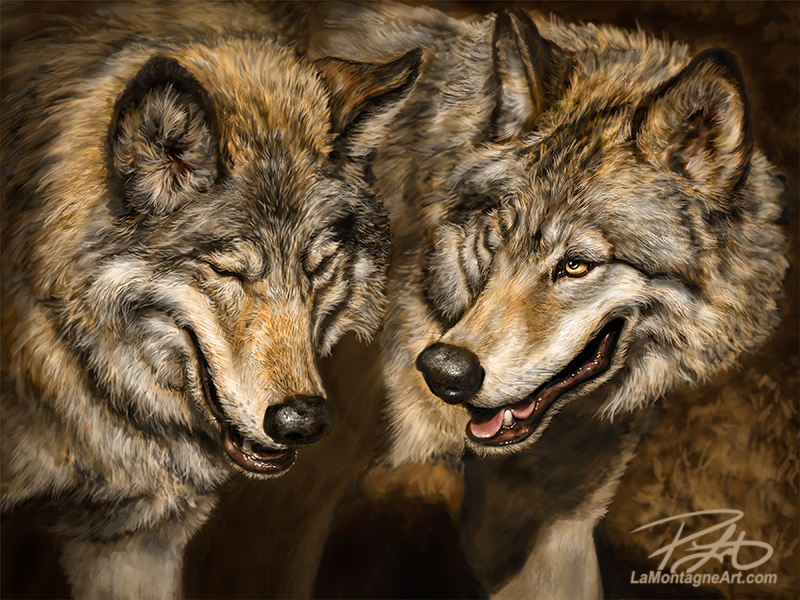 They left with another print of my Two Wolves painting (now on reorder) and four of
They left with another print of my Two Wolves painting (now on reorder) and four of 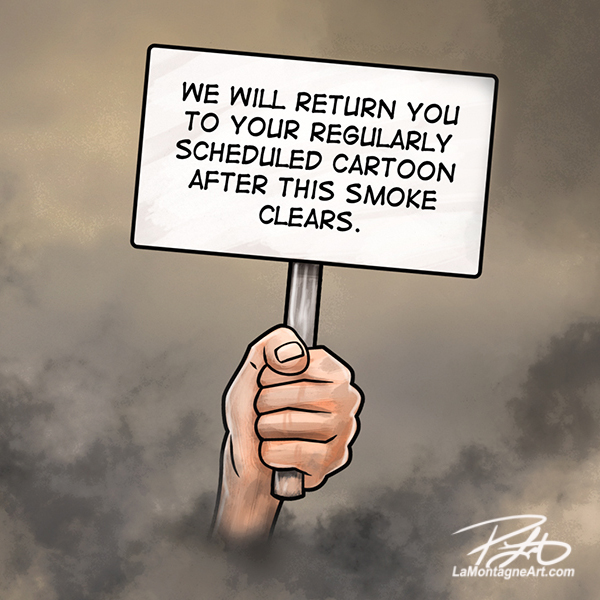
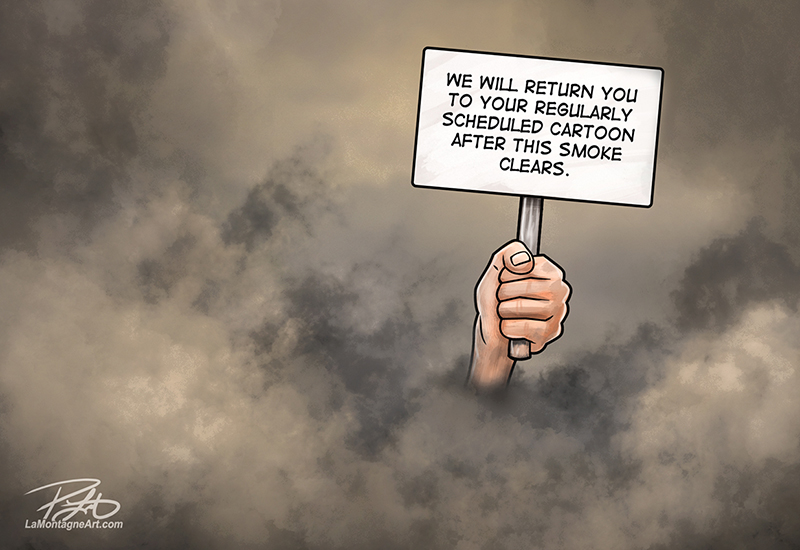
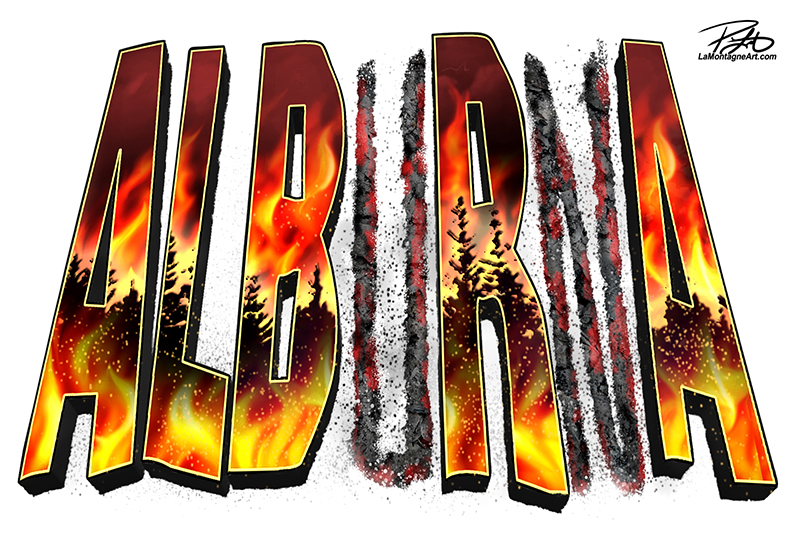
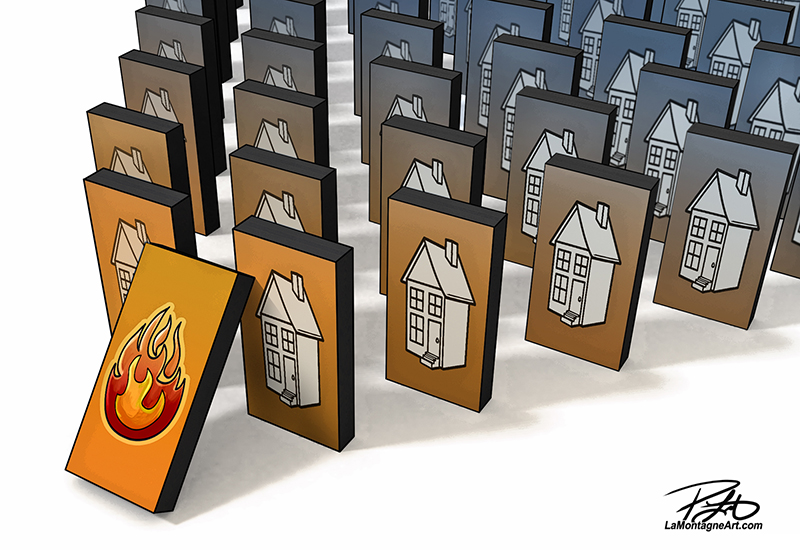 Even with that small level of experience, I can’t imagine the stress these recent fire evacuees are enduring. Two weeks out of your home, watching the fires on the news as they get closer, often from hours away in shelters or homes in unfamiliar communities, not knowing when or if you’ll be able to return.
Even with that small level of experience, I can’t imagine the stress these recent fire evacuees are enduring. Two weeks out of your home, watching the fires on the news as they get closer, often from hours away in shelters or homes in unfamiliar communities, not knowing when or if you’ll be able to return.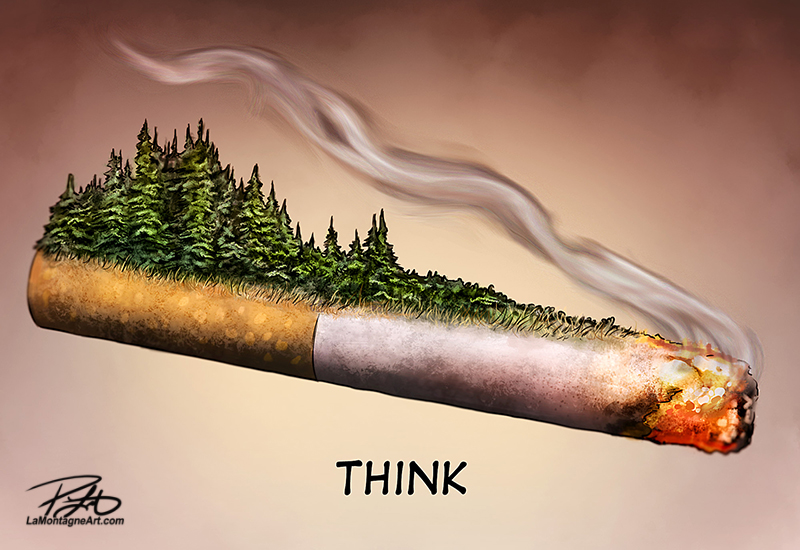 Wildfires are destructive enough. But what bothers me most is how so many use these disasters to further their agendas, political or otherwise.
Wildfires are destructive enough. But what bothers me most is how so many use these disasters to further their agendas, political or otherwise. Some supporters of BOTH political parties accuse the other of deliberately starting these fires to win votes. People in the energy sector are accusing environmentalists of starting fires to destroy the oil patch. Climate change activists use the fires to trumpet their agendas, and deniers share cherry-picked links to debunk them.
Some supporters of BOTH political parties accuse the other of deliberately starting these fires to win votes. People in the energy sector are accusing environmentalists of starting fires to destroy the oil patch. Climate change activists use the fires to trumpet their agendas, and deniers share cherry-picked links to debunk them.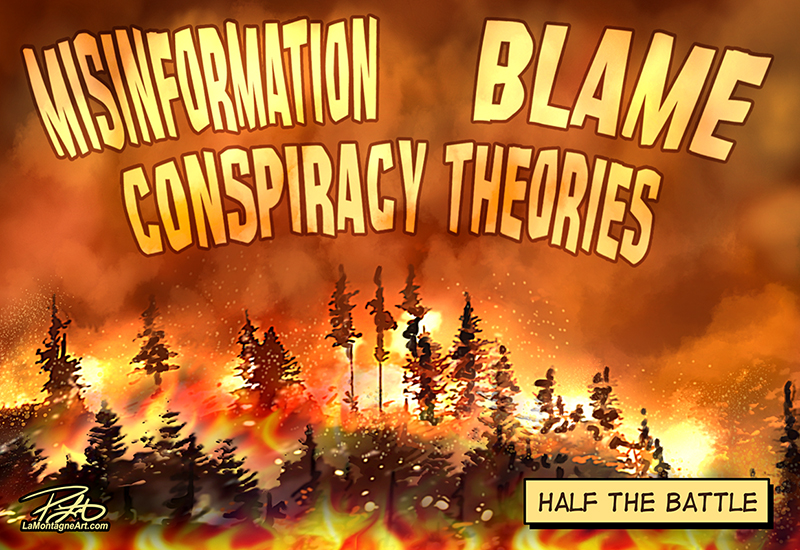 Amid all this noise, people out of their homes haven’t had a good night’s sleep in weeks, they’re unable to work, their kids are out of school, and whatever problems they already had are compounded. They’re scared, vulnerable, and feeling helpless. Their world is falling apart, and they can do nothing about it.
Amid all this noise, people out of their homes haven’t had a good night’s sleep in weeks, they’re unable to work, their kids are out of school, and whatever problems they already had are compounded. They’re scared, vulnerable, and feeling helpless. Their world is falling apart, and they can do nothing about it.

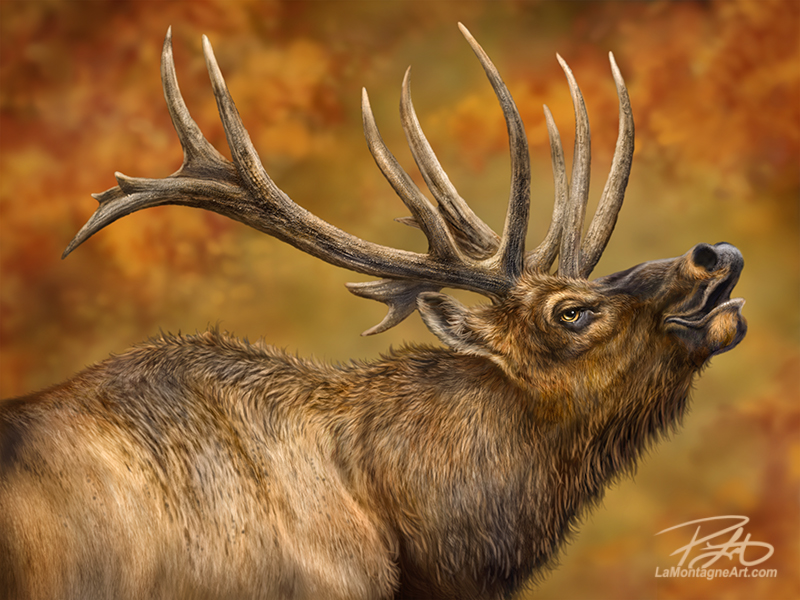 Whenever I’ve gone to Ucluelet on Vancouver Island, I’ve walked down a large staircase to the government dock to take photos of sea lions. To locals, they’re unremarkable, even a nuisance. While I’m happily snapping photos, those working on the nearby fishing boats are likely rolling their eyes at this silly tourist.
Whenever I’ve gone to Ucluelet on Vancouver Island, I’ve walked down a large staircase to the government dock to take photos of sea lions. To locals, they’re unremarkable, even a nuisance. While I’m happily snapping photos, those working on the nearby fishing boats are likely rolling their eyes at this silly tourist.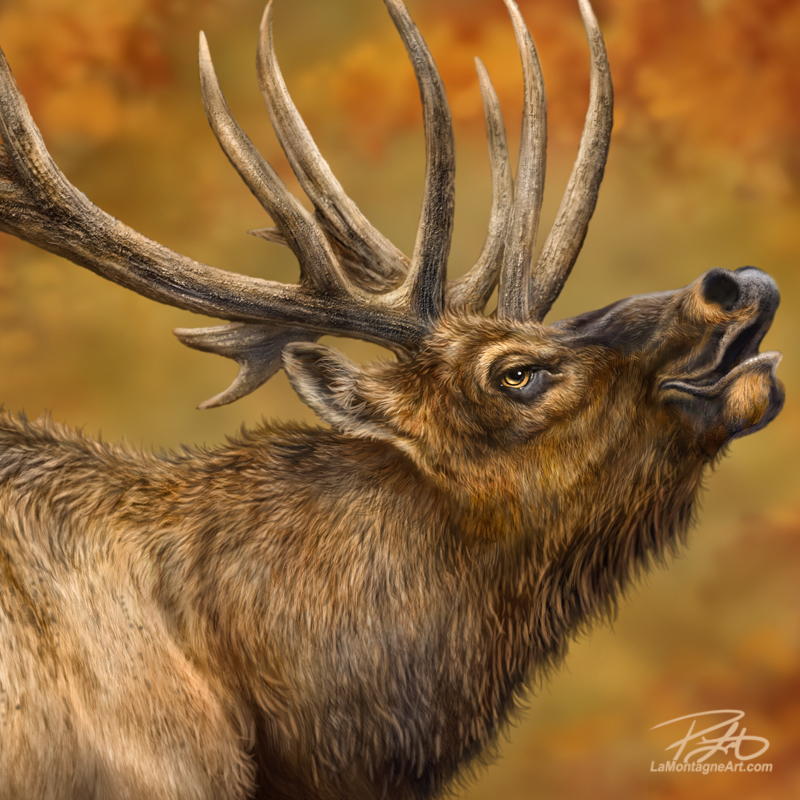
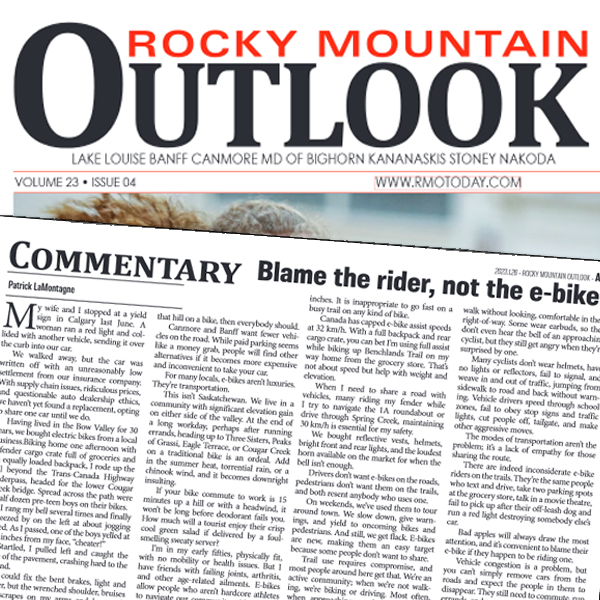
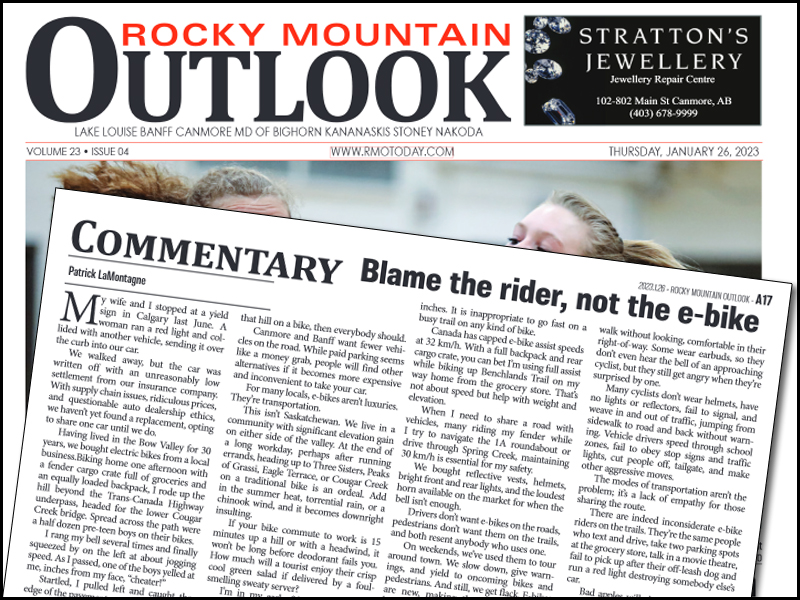
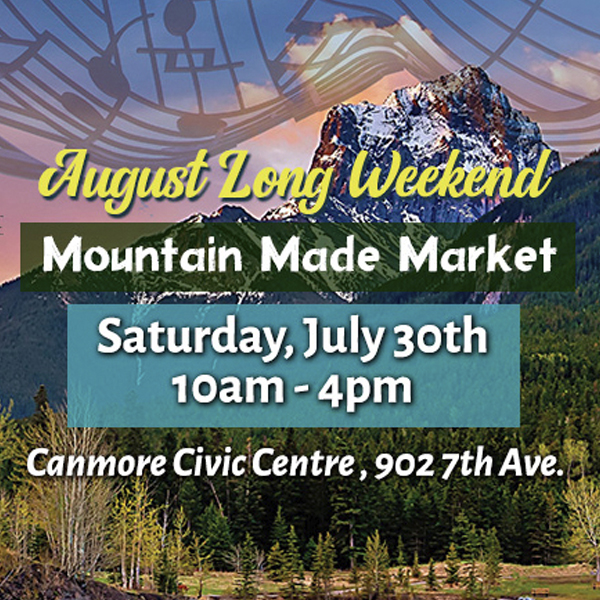


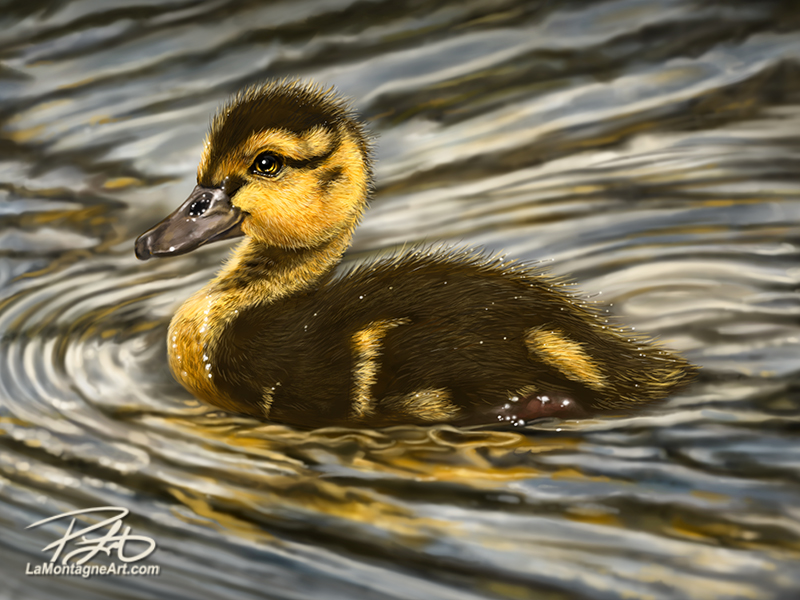 Here’s a little duckling I finished painting this morning. The duckling itself wasn’t difficult, but the water certainly was. Ironic that I began this year with a commission piece where water was also the hardest part of that painting. There will always be room for improvement in any artistic pursuit, so I welcome these unexpected challenges. The work might become boring without them.
Here’s a little duckling I finished painting this morning. The duckling itself wasn’t difficult, but the water certainly was. Ironic that I began this year with a commission piece where water was also the hardest part of that painting. There will always be room for improvement in any artistic pursuit, so I welcome these unexpected challenges. The work might become boring without them.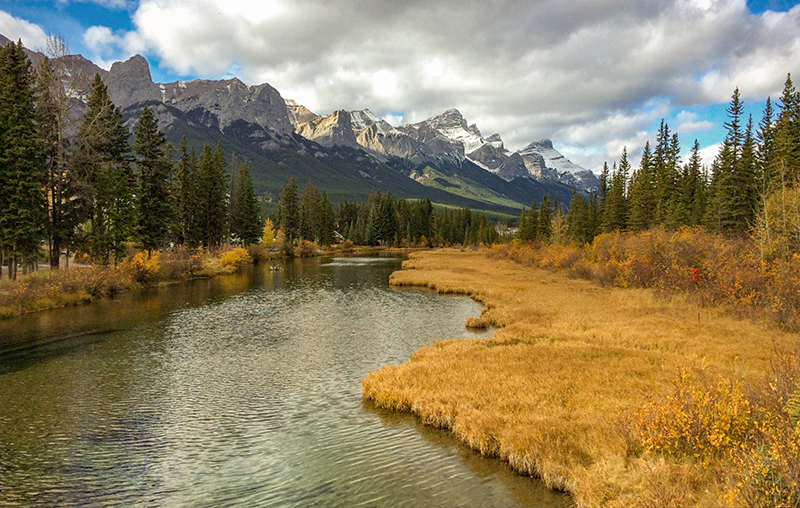 I took the reference for this painting four years ago from the boardwalk that winds through the Policeman’s Creek wetlands here in Canmore. Easily accessible for people of all fitness levels, it’s located in the middle of town and might as well be an urban park. It’s a pretty walk, a nice shortcut from where we live to downtown Canmore, and preferable to walking on the sidewalk of a busy street.
I took the reference for this painting four years ago from the boardwalk that winds through the Policeman’s Creek wetlands here in Canmore. Easily accessible for people of all fitness levels, it’s located in the middle of town and might as well be an urban park. It’s a pretty walk, a nice shortcut from where we live to downtown Canmore, and preferable to walking on the sidewalk of a busy street.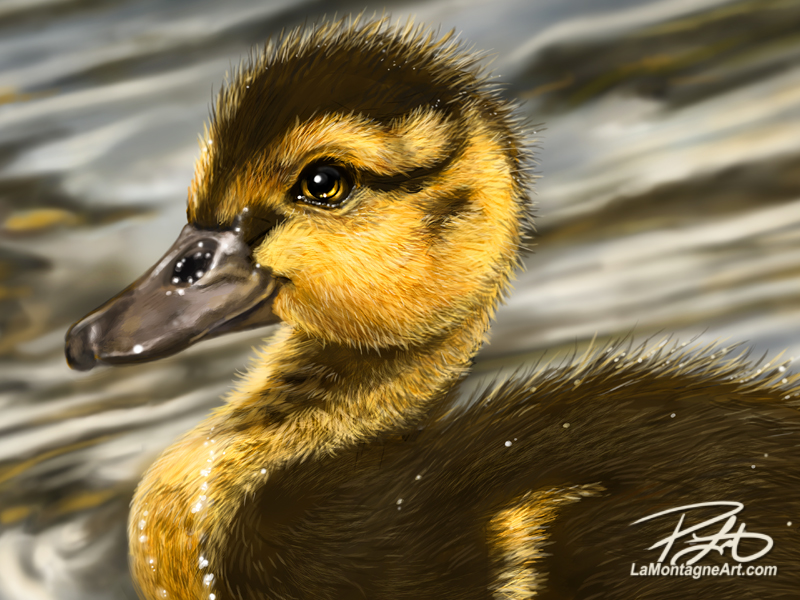 The reason for fewer paintings is no mystery. Despite the dramatic decline in the newspaper industry, it’s still a big chunk of my income, and I’m unable to put off or set aside my daily editorial cartoon deadlines. As a result, those take priority every day and painting time is often sacrificed for the cartoons.
The reason for fewer paintings is no mystery. Despite the dramatic decline in the newspaper industry, it’s still a big chunk of my income, and I’m unable to put off or set aside my daily editorial cartoon deadlines. As a result, those take priority every day and painting time is often sacrificed for the cartoons.
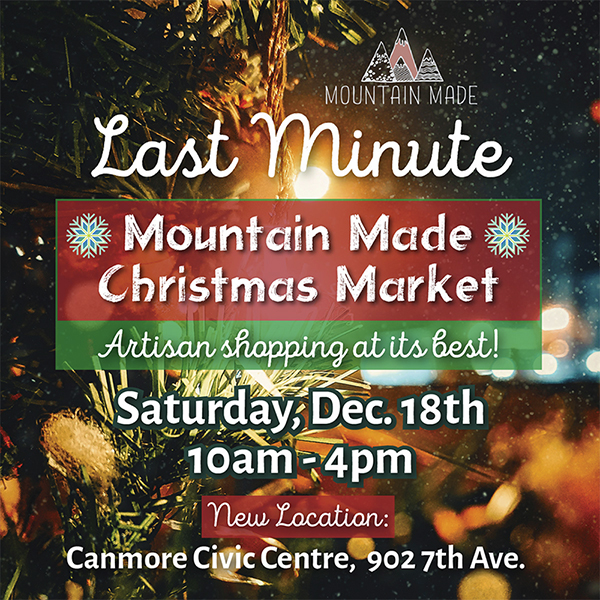
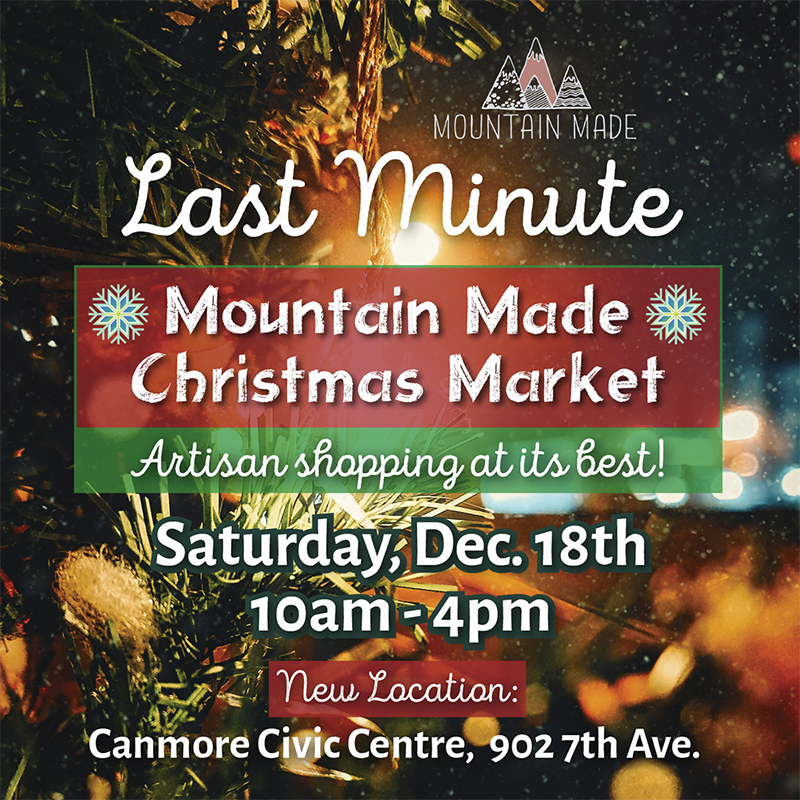

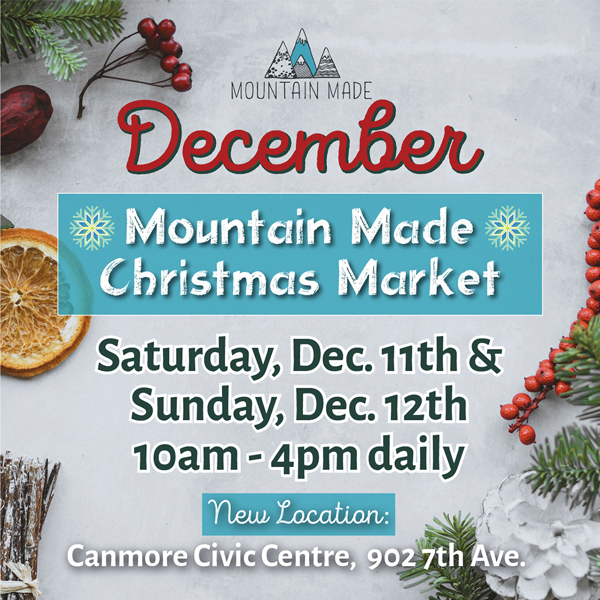
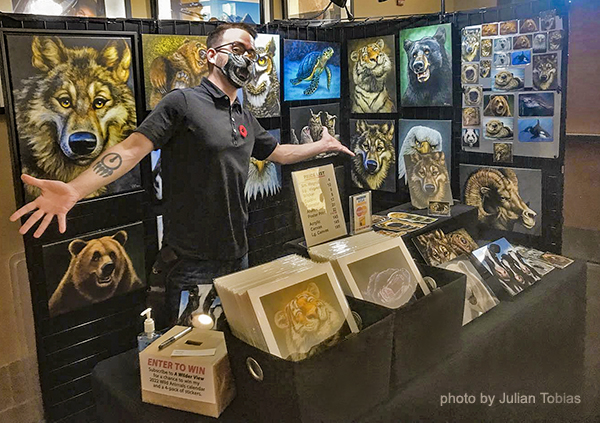 Here’s a pic from the one last month, taken by the organizer Julian, who does a fantastic job putting all of this together. The whole venue looks a lot brighter than this pic. Phones always try to overcompensate for ambient light, and I suspect my lighting on the art is to blame. No excuse for the funny looking guy in the mask, though. That’s how I look in real life.
Here’s a pic from the one last month, taken by the organizer Julian, who does a fantastic job putting all of this together. The whole venue looks a lot brighter than this pic. Phones always try to overcompensate for ambient light, and I suspect my lighting on the art is to blame. No excuse for the funny looking guy in the mask, though. That’s how I look in real life.